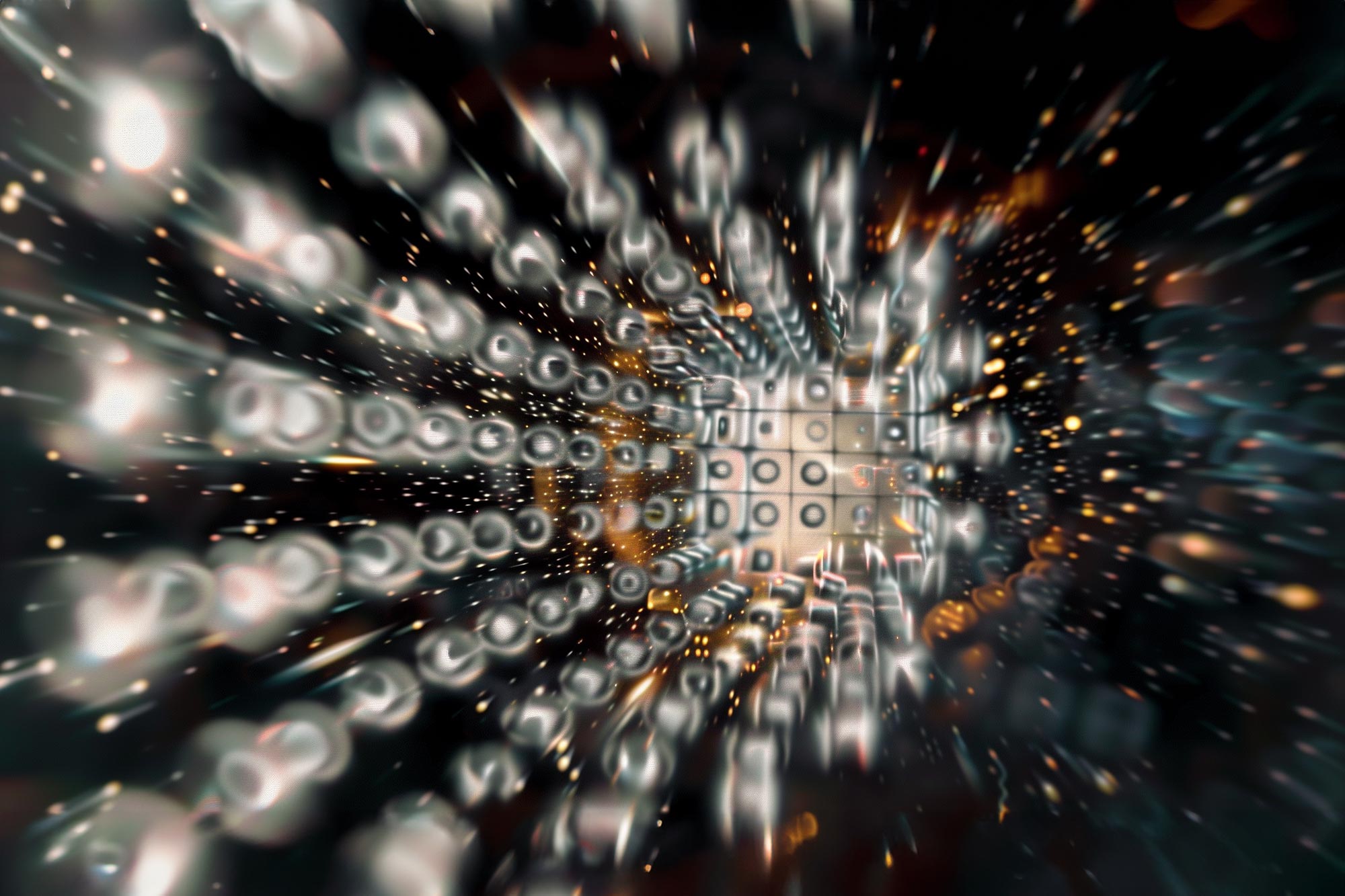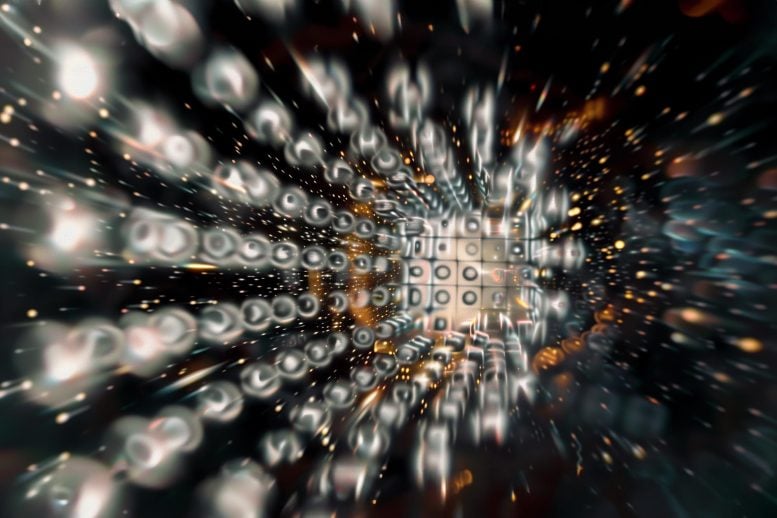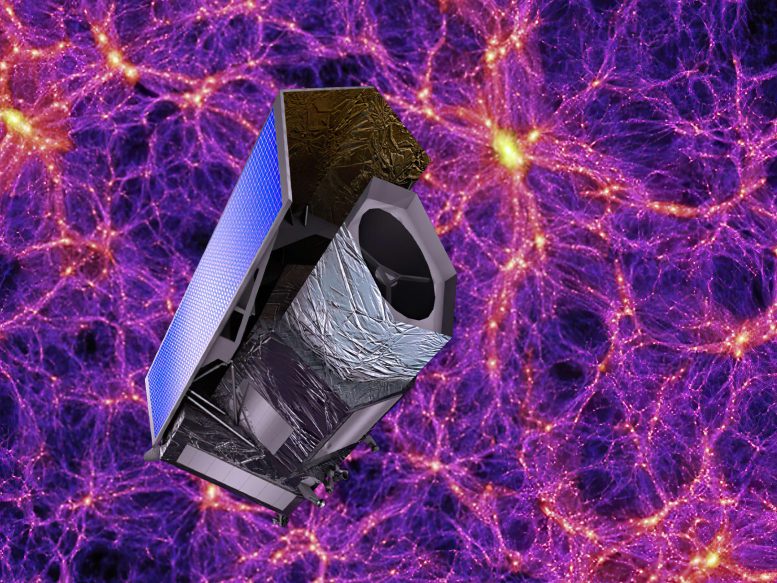

ESA’s Euclid mission explores the dark Universe by using gravitational lensing to detect distortions in galaxies caused by dark matter. This allows scientists to map the distribution of dark matter and understand dark energy’s impact on the Universe’s expansion, revealing cosmic evolution over billions of years.
The European Space Agency’s Euclid mission is scanning the sky to uncover the composition and evolution of the dark Universe. But how can Euclid observe something invisible? This video explains the light-bending phenomenon that helps scientists map dark matter across the cosmos.
Using Euclid’s advanced simulation, the video demonstrates how dark-matter filaments subtly distort the shapes of galaxies. As light from distant galaxies travels toward us, it gets bent and warped by concentrations of matter along the way. This phenomenon, known as gravitational lensing, occurs because both ‘normal’ matter and dark matter act like a cosmic magnifying glass.
Scientists classify gravitational lensing into two types: strong and weak. In strong lensing, the distortions of background galaxies or light sources are dramatic, creating features like arcs, multiple images, or Einstein rings. Weak lensing, on the other hand, causes only slight stretching or displacement of background sources, making it detectable only through statistical analysis of large numbers of galaxies.
The further we look, the more prominent the distortions from weak gravitational lensing are, because there are more dark-matter structures acting as lenses between us and the light sources.

Euclid will measure the distorted shapes of billions of galaxies over 10 billion years of cosmic history, providing a 3D view of the dark matter distribution in our Universe. This will shed light on the nature of this mysterious component.
The map of the distribution of galaxies over cosmic time will also teach us about dark energy, which affects how quickly the Universe expands. By charting the Universe’s large-scale structure in unprecedented detail, Euclid will enable scientists to trace how the expansion has changed over time.